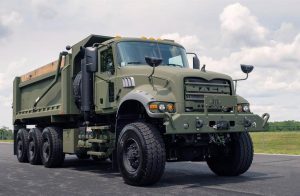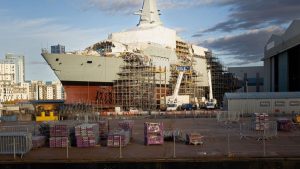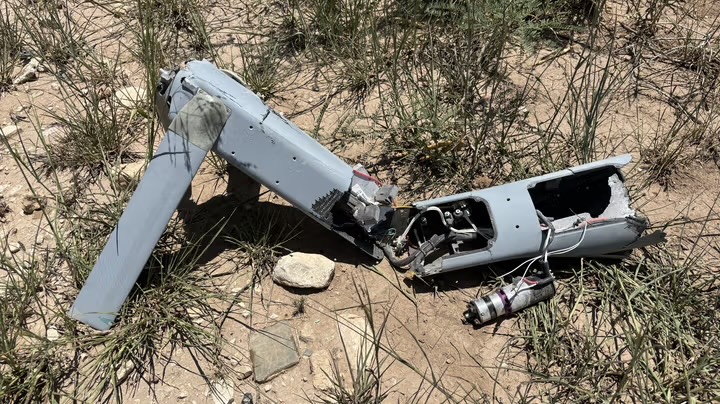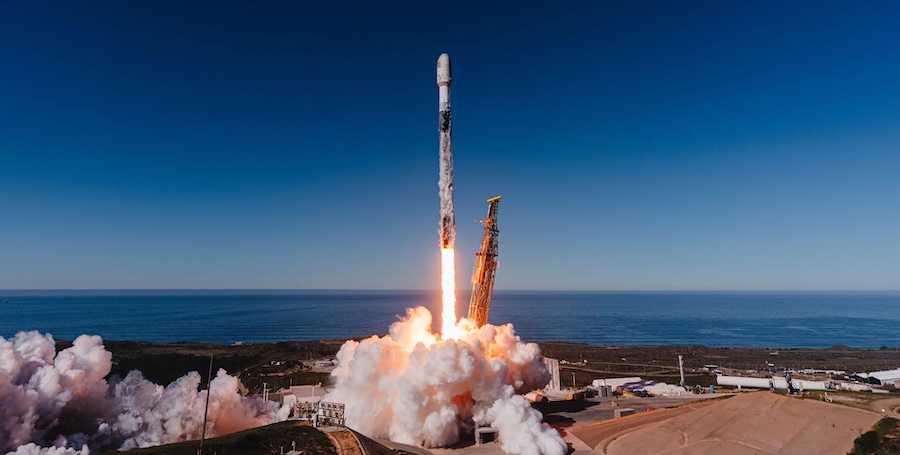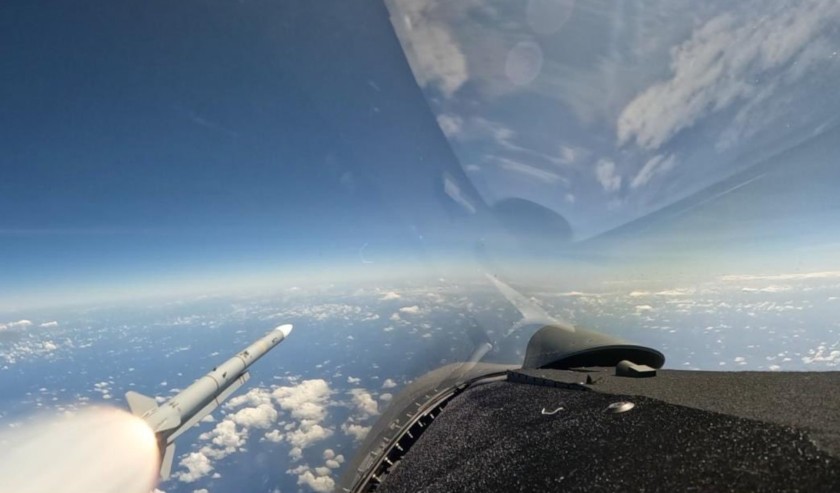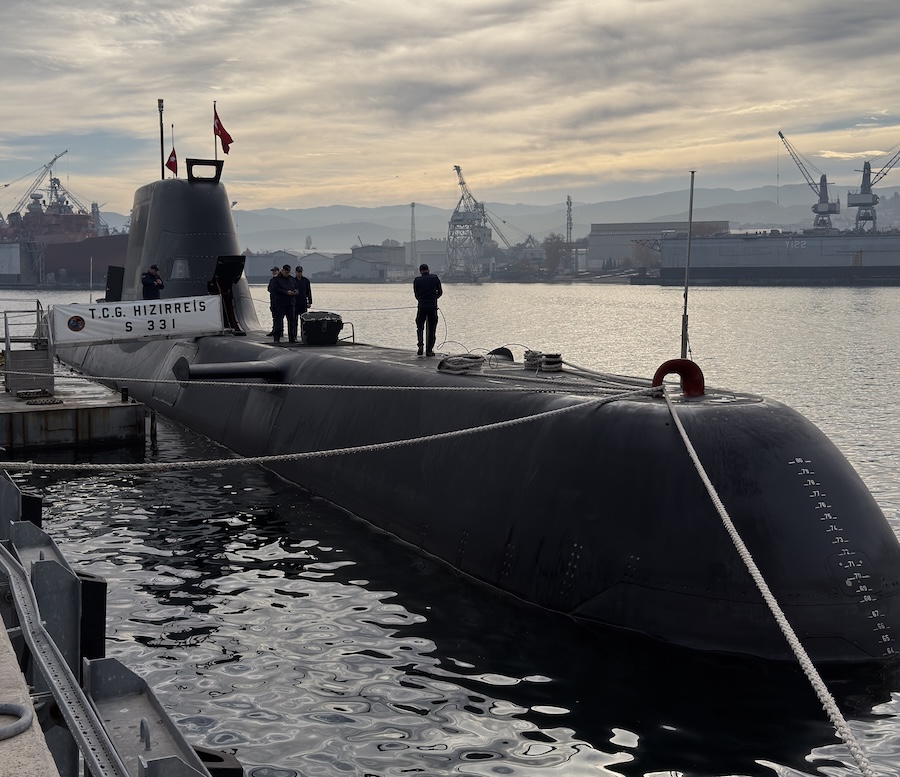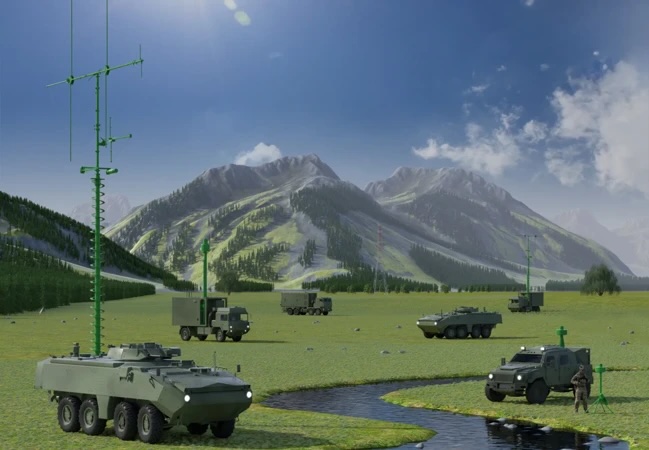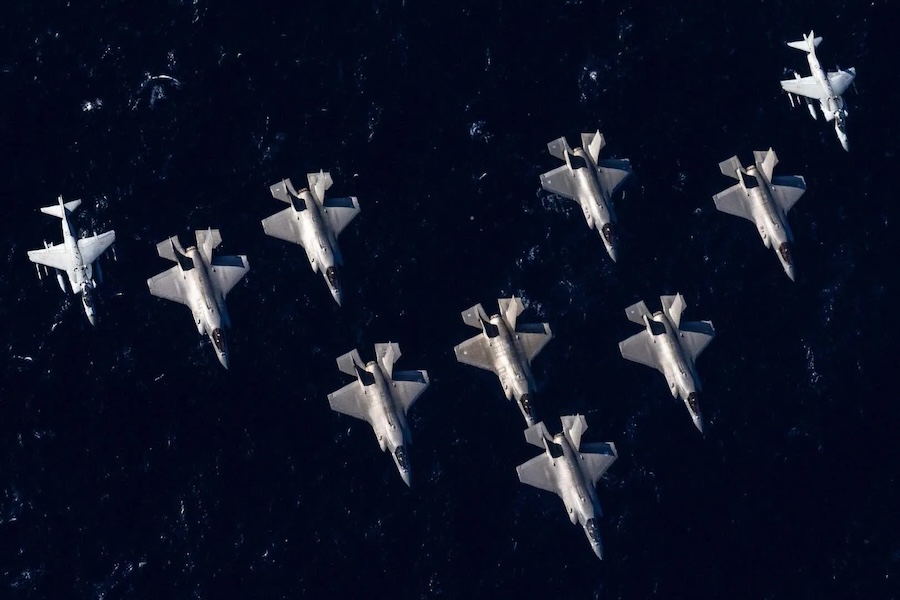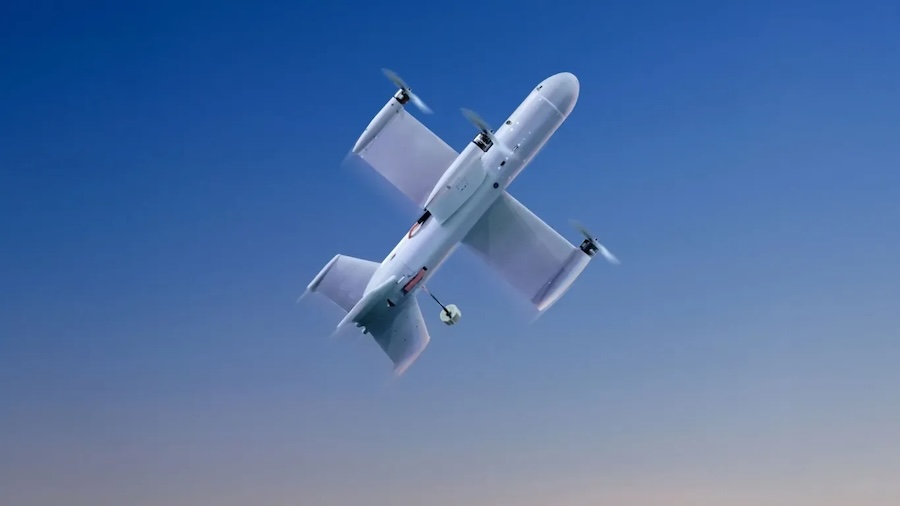The new vehicle family will include cargo, dump, wrecker, tractor, and re-supply trucks designed to support Marine Corps air-ground task force combat support operations. The MTT prototypes will specifically address the Corps’ demand for hybrid-electric technology, enabling lower fuel consumption, extended range, and silent watch capabilities.
Initial requirements focus on three cargo bed variants—10-, 15-, and 20-foot configurations—tailored to support a mission profile of 70% off-road and 30% on-road use. The vehicles are also designed with a 60-inch fording capability, allowing them to navigate deep water frequently encountered during Marine Corps operations.
Two prototype variants will be developed: a 4×4 version with a 10-foot cargo bed and a 6×6 version with a 20-foot bed. Both share core design elements with the Mack® Granite® but are specially adapted for military use.
The prototypes feature advanced driver assistance systems including collision avoidance, blind spot detection, and dynamic control systems with enhanced traction control and anti-lock brakes. Hybrid-electric systems will provide onboard power for silent operations and the ability to export power to other military systems.
“These prototypes represent the next generation of purpose-built, specialty vehicles for the Marine Corps,” said David Hartzell, president of Mack Defense. “By leveraging our commercial vehicle technology expertise and adapting it for military applications, we’re delivering a highly capable platform that can perform in the most challenging terrains, while incorporating advanced safety features and hybrid propulsion systems that meet the Marine Corps’ rigorous mission requirements.”
The MTT design prioritises off-road performance and fuel efficiency while supporting future autonomous and technological upgrades through an open systems architecture. This forward-looking approach aims to maintain payload efficiency and adaptability in demanding combat environments.
Construction of the prototypes will begin in the second half of 2025 and is scheduled for completion by early autumn. Testing will take place at the Nevada Automotive Test Center (NATC) in the first half of 2026, ahead of delivery to the Marine Corps.









